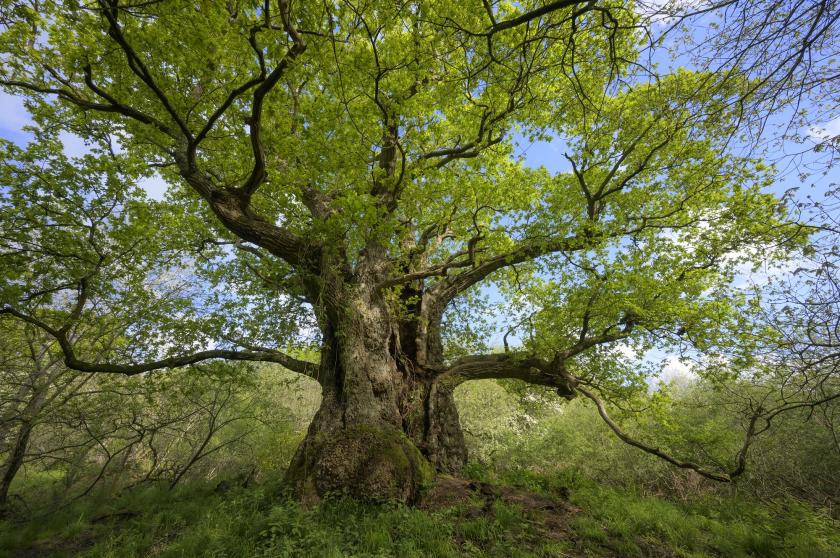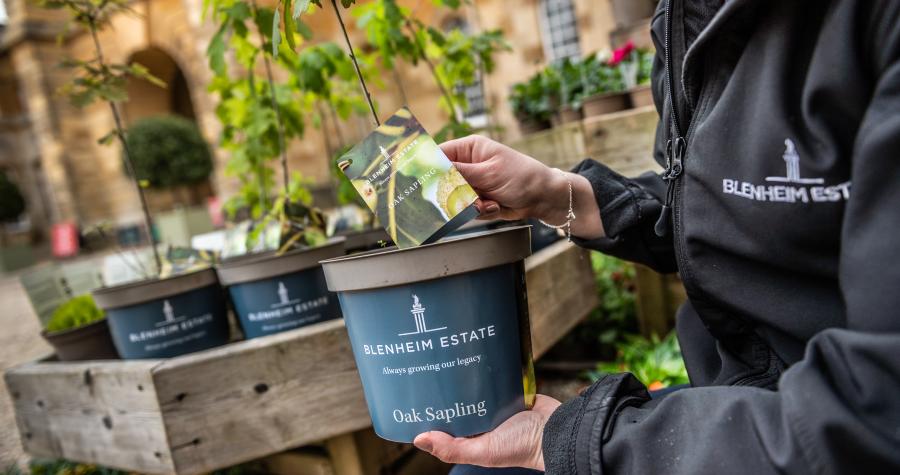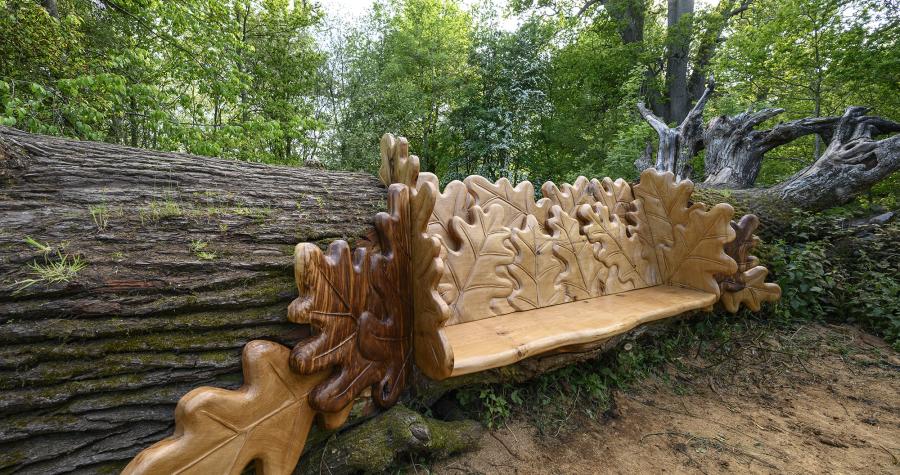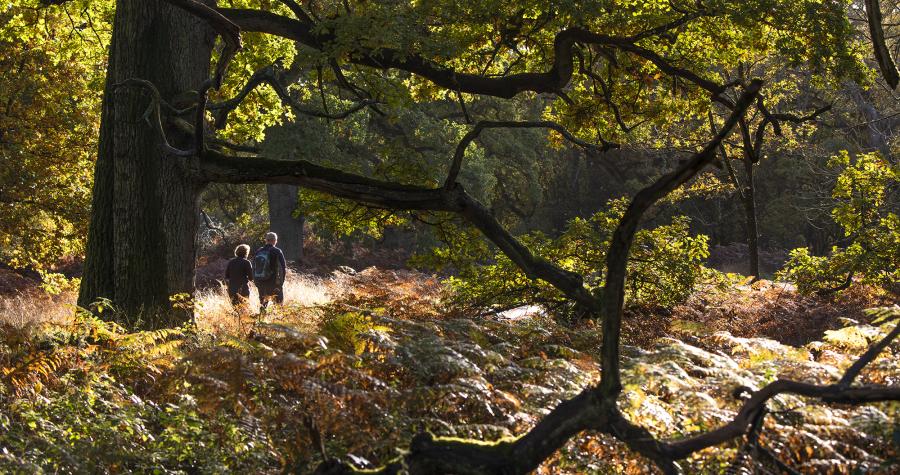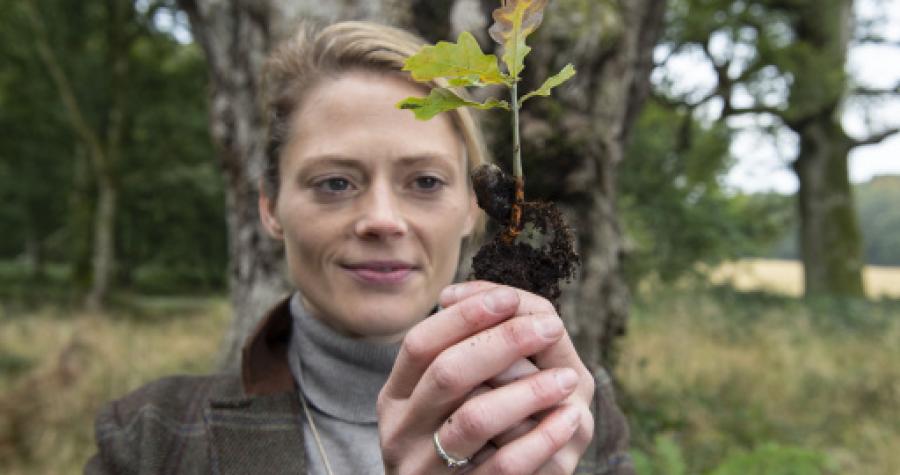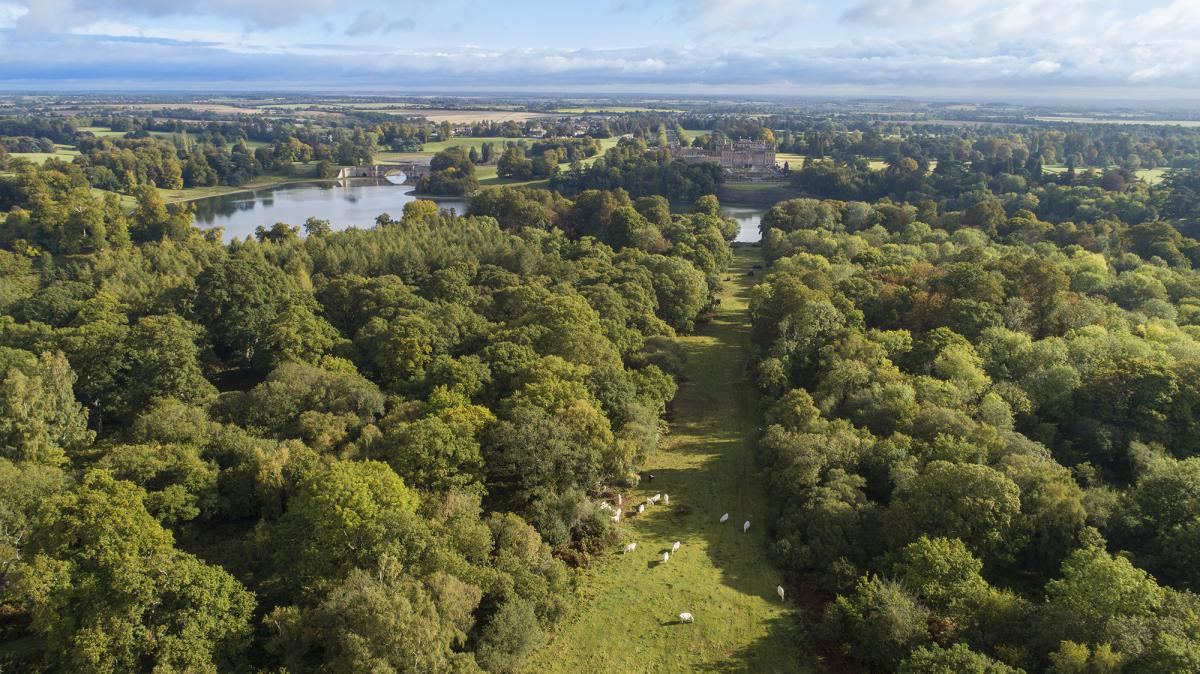
Why Now?
Oaks take many years to reach maturity. So that our woodland continues to be populated by the kind of majestic trees we see today, we need to think ahead. Many factors have led to fewer trees over the centuries. For example, fewer cattle roaming the parks and woodland, meant bracken and undergrowth flourished to the detriment of the tree population. To combat this, as another element of our Land Strategy, we’ve been introducing more cattle to the park recently.

